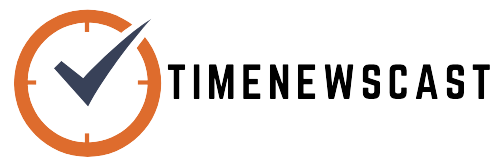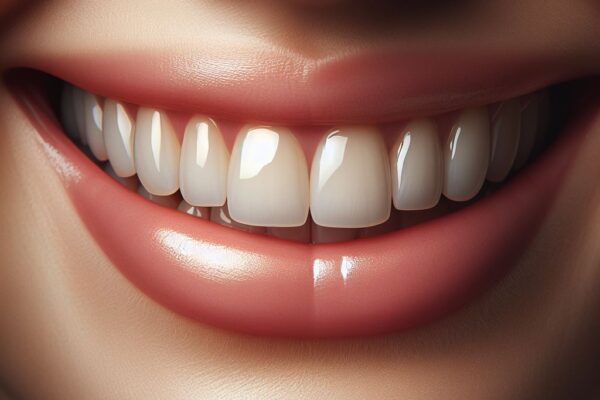Professional mold inspection plays a vital role in protecting both our health and property from the potential risks associated with mold growth. Mold, a type of fungus, can thrive in indoor environments and pose various health hazards, including respiratory issues and allergies. Moreover, prolonged mold presence can lead to structural damage and compromise the integrity of our homes or buildings. In this post, you will explore the significance of professional mold inspection, which serves as an essential tool in identifying and addressing mold problems effectively. By shedding light on the potential risks and emphasizing the importance of timely intervention, the aim is to create awareness about the need for a professional mold inspection.
Understanding Mold And Its Impact
Mold is a type of fungus that can grow and thrive in indoor environments with moisture and suitable conditions. It reproduces through spores that can be easily dispersed in the air. When mold spores land on surfaces with moisture, they can quickly multiply and form colonies. This growth can be triggered by water leaks, high humidity levels, or inadequate ventilation. Mold exposure can have significant health implications, particularly for individuals with respiratory conditions or weakened immune systems. It can cause allergic reactions, respiratory symptoms such as coughing and wheezing, and even lead to the development or exacerbation of asthma.
The Benefits of Professional Mold Inspection
Hiring a professional mold inspector offers numerous advantages when it comes to assessing and addressing mold issues. These experts have the knowledge and experience to conduct comprehensive mold inspections, utilizing specialized equipment and techniques that enable them to detect mold growth even in hidden or inaccessible areas. Their trained eye can identify signs of mold, assess the extent of the problem, and determine the underlying causes. By detecting mold early on, professionals can prevent its further spread and mitigate potential health risks to occupants. They can also provide valuable recommendations for mold remediation and prevention strategies to safeguard both the health of individuals and the integrity of the property.
The Process of Professional Mold Inspection
A professional mold inspection typically involves several key steps to thoroughly assess the presence and extent of mold growth. The process begins with a visual assessment, where the inspector carefully examines the property, looking for visible signs of mold, such as discoloration, staining, or musty odors. They also inspect areas prone to moisture accumulation, such as basements, bathrooms, and crawl spaces, as moisture is a common catalyst for mold growth. In addition to the visual inspection, mold inspectors may employ air sampling and surface sampling techniques. Air sampling involves collecting air samples to analyze the concentration of mold spores present in the indoor environment. Surface sampling, on the other hand, involves swabbing or tape-lifting surfaces to gather samples for laboratory analysis.
Interpreting Mold Inspection Results
After conducting thorough mold inspection services, professional mold inspectors analyze the collected samples and interpret the findings to provide a comprehensive assessment. They identify the types of molds present in the samples, such as common indoor molds like Aspergillus, Penicillium, or Stachybotrys C. Interpreting Mold Inspection Results Hartrum (black mold). Each mold species may have different health implications, ranging from mild allergies to more severe respiratory issues. Inspectors also analyze the concentration levels of mold spores in the air or on surfaces, comparing them to established guidelines or standards. Based on their analysis, they provide detailed reports to clients, outlining the specific molds identified, their concentration levels, and any potential health risks associated with them.
Remediation And Prevention:
Upon receiving the results of professional mold testing, it is crucial to take prompt action to remediate the mold and prevent its recurrence. Remediation often involves removing mold-infested materials, such as drywall or carpeting, and thoroughly cleaning and disinfecting the affected areas. It is equally important to address the underlying moisture sources that contributed to mold growth, whether it’s a leaky pipe or inadequate ventilation. Improving ventilation and ensuring proper airflow can help discourage mold growth in the future. Additionally, maintaining appropriate humidity levels, typically below 50%, can create an inhospitable environment for mold.






